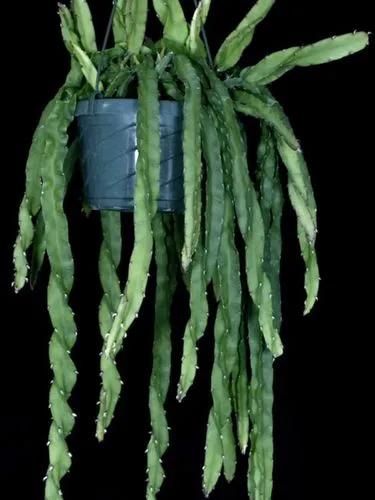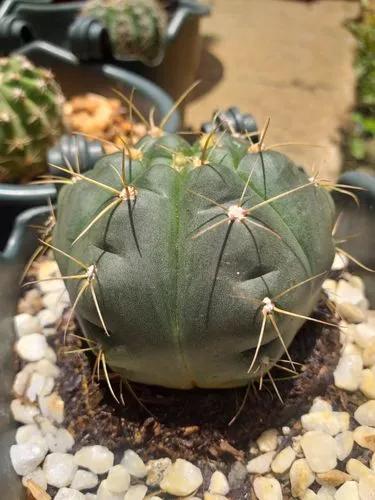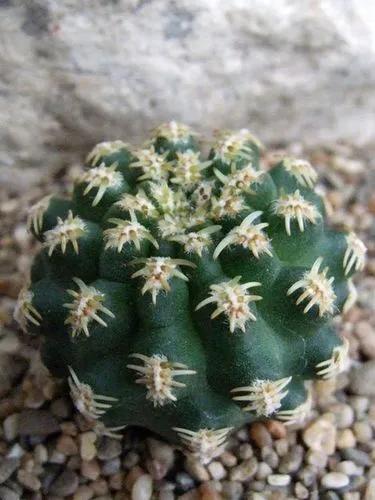Mammillaria wrightii Engelm. Plants usually unbranched. Roots: upper portion of primary root somewhat thickened and succulent proximally, otherwise fibrous. Stems flat-topped or spheric, 4-8 × 4-8 cm, ± flaccid; tubercles 6-24 mm; axils appearing naked; cortex and pith mucilaginous; latex absent.
Mammillaria Wrightii Care
Mammillaria Wrightii
Other names: Wright's Fishhook Cactus, Wright's Pincushion Cactus, Wright's Prickly-pear



How to Care for the Plant

Water

From spring to fall, water deeply and wait for the soil to dry out before watering again. Never let the pots sit in water. Suspend

Fertilizer

during the growing season. The fertilizer will help them to thrive and bloom. Apply a water-soluble fertilizer for cacti and other succulents. A houseplant fertilizer higher in phosphorus than nitrogen, such as a 5-10-5 solution, can also be used. Suspend feeding during the winter when

Sunlight

Mammillarias appreciate intense light, but many species dislike direct summer sun for too long. Plant them in an area of your garden that receives 4 hours of direct sunlight a day. If you are growing your

Soil

Mammillarias require a soil mix that provides root aeration and good drainage, whether grown outdoors or indoors. Use commercial cactus potting mixes or grit such as coarse sand, pumice, or perlite.

Temperature

Mammillarias are heat tolerant, but they are not cold-hardy plants. They thrive with temperatures between 70 and 80 °F (21 and 27 °C). In the winter, when

Container

Choose a pot with drainage holes that is 10 % wider than the plant. You can grow a

Popularity

33 people already have this plant 3 people have added this plant to their wishlists
Discover more plants with the list below
Popular articles






